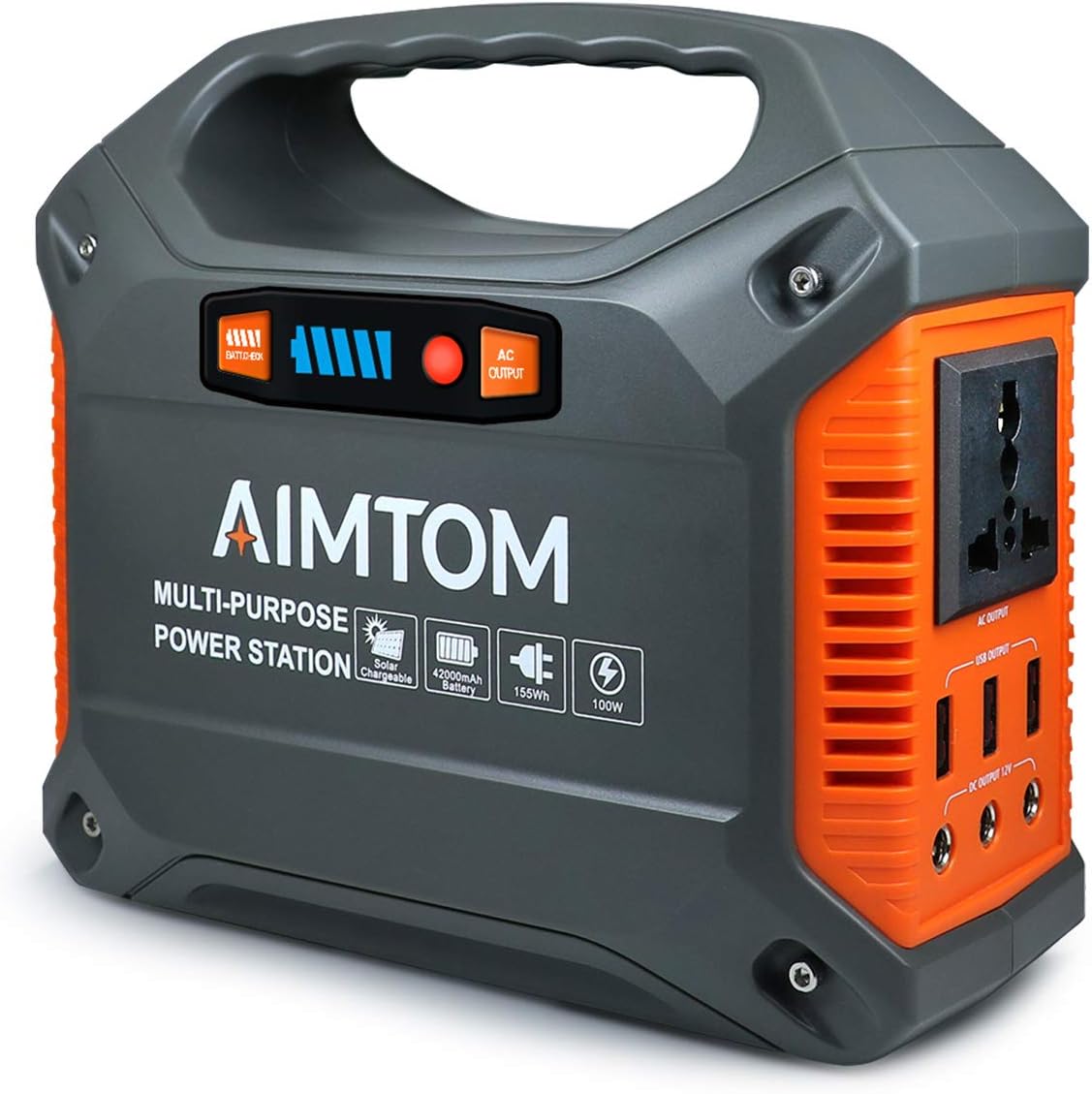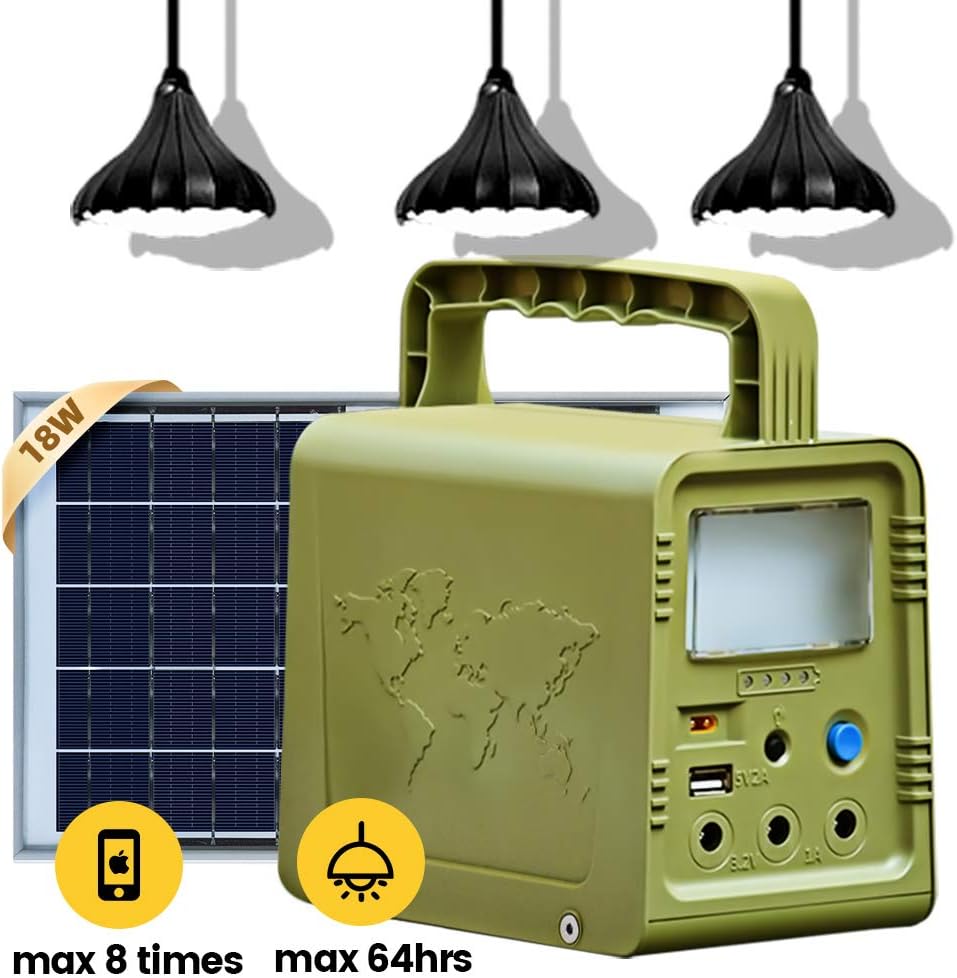Despite a long fascination with solar energy, I've only this year started to take wee gentle steps into solar energy reading/research and hands-on experimentation with products that fit my small budget.
I have been taking notes about purchased products and about little related solar projects in this one TiddlyWiki instance with dual personalities:
- Charlie's Product Reviews
- (mostly related to my interest in solar energy, but also includes other purchases that I really enjoy)
What is a "solar generator"?
Products known as solar generators usually contain:
- Solar panels
- (one or more)
- A battery charger
- (aka "charge controller")
- Solar batteries
- (one or more)
- A solar inverter
- (aka, inverter)
A typical "solar generator"
Searching for "solar generator" on Amazon , the following represents a pretty stereotypical example of a product marketed as a "solar generator":
- built-in charge controller
- built-in battery
- built-in inverter
- battery charge indicator/status display
- one AC power outlet outlet
- (they usually have one or more)
- three DC power outlet
- (they usually have one or more)
- three USB out ports
- (they usually have one or more, sometimes of various types)
- an AC power adapter
- (to charge the generator via AC wall outlet)
- a car charging adapter
- (to charge the generator via car cigarette lighter)
Mini (?) Solar Generators
I define a solar generator as ...
- a solar panel
- a battery
- an ability to connect the battery to the solar panel to store the solar energy in the battery
- an ability to connect devices/appliances to the battery, so that the battery can power a device/appliance
Minimalist's DIY Solar Generator for USB-Powered Devices
- a solar panel with USB output
- a simple Power Bank
- (or any other device that can store electricity, be charged via input USB port, and can provide that electricity via USB output ports; examples: a Car Jump Starter, a camping lantern.)
- a USB cable to connect the power bank to the solar panel
Minimalist's DIY Solar Generator for Low-Wattage AC-Powered Devices
Solar generation of AC power requires an inverter to convert stored electricity to AC power (along with an AC outlet).
Although a real DIY'er would purchase and setup all of the individual components (solar panel, charge controller, battery, and inverter), I prefer the idea of an all-in-one device with built-in battery and inverter, and that charges via USB (so no need for a charge controller.)
This preference of mine materialized after I haphazardly discovered the following device, a car jump starter with all the regular components of the stereotypical solar generator (minus a charge controller), solar panel not included:
I expect to receive this product within the next couple of days, at which point I'll be testing this with various low-wattage devices (AC-powered things: a lamp with LED bulbs, a fan, a reptile heating pad, etc.)
As I experiment with this, I'll log results in Charlie's Urban Off Gridding for Laypersons. If this kind of thing interests you, please check that TiddlyWiki out in a week or so.




